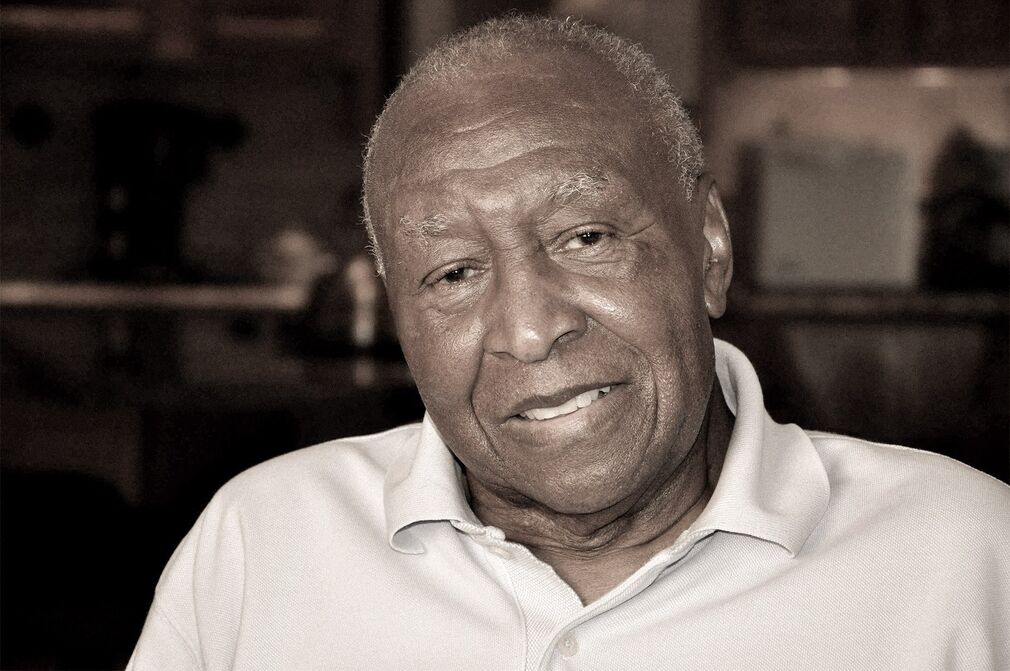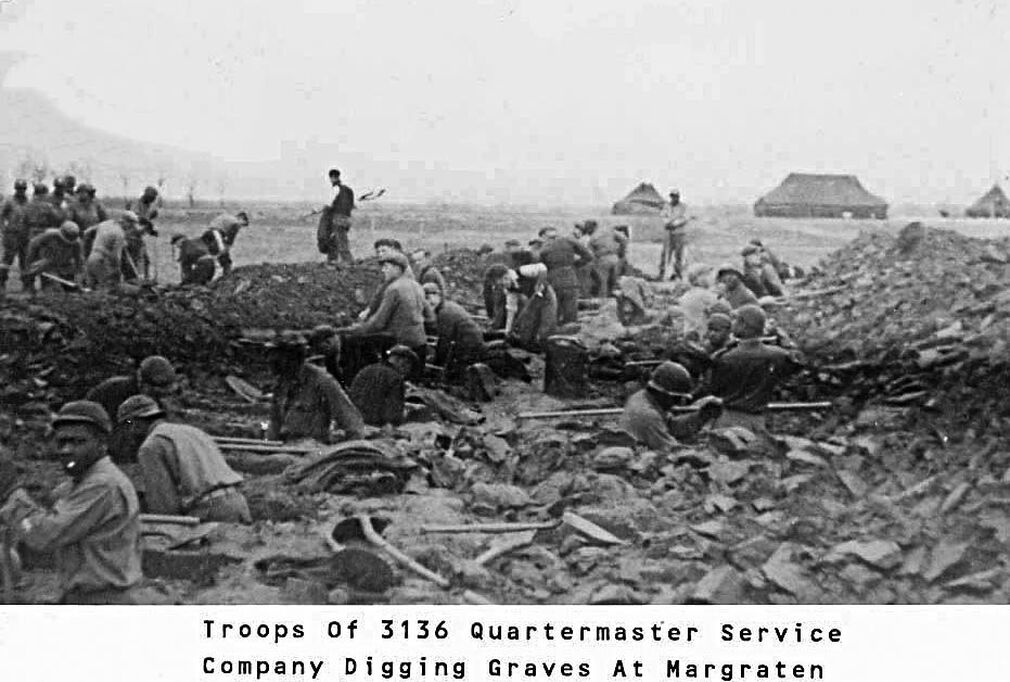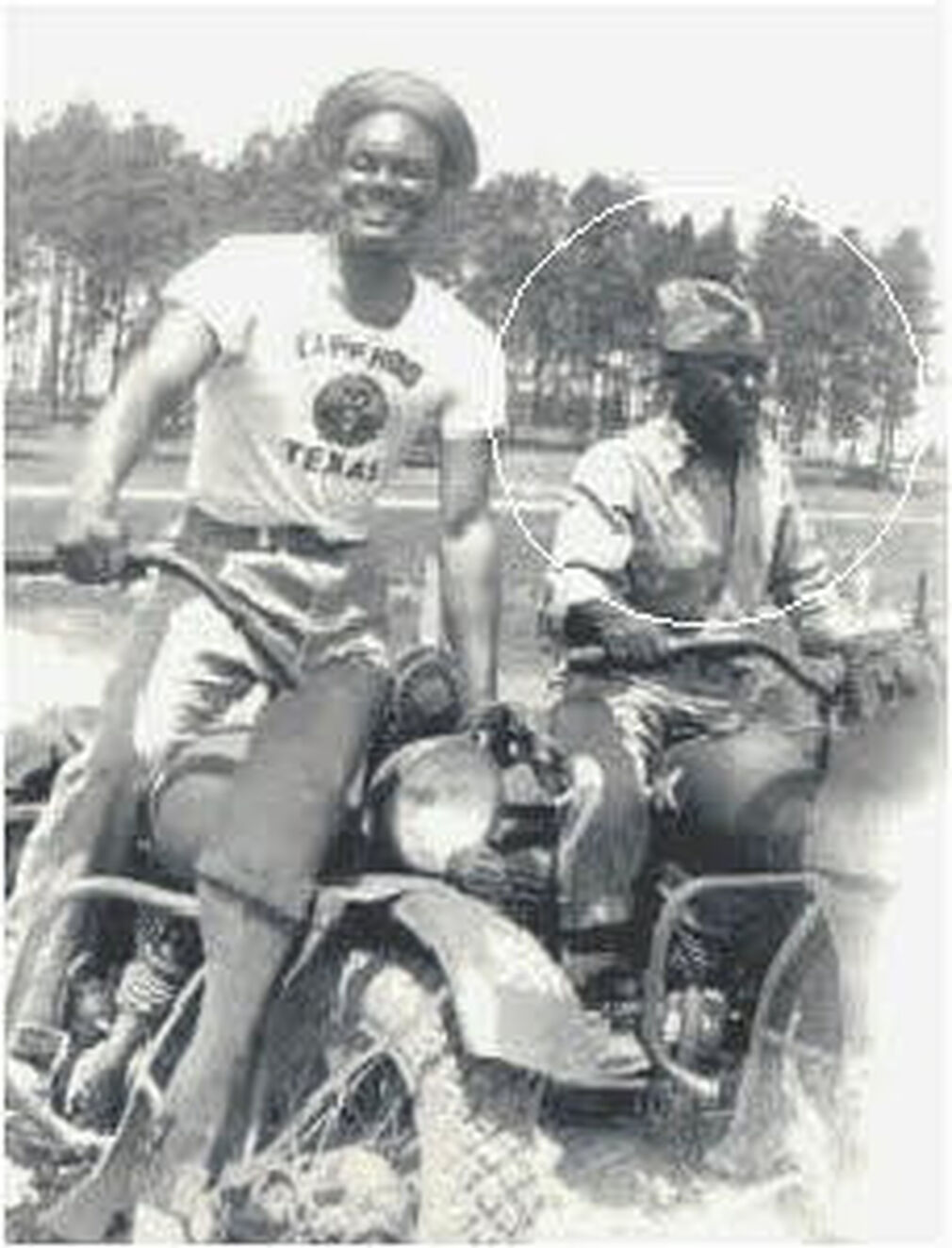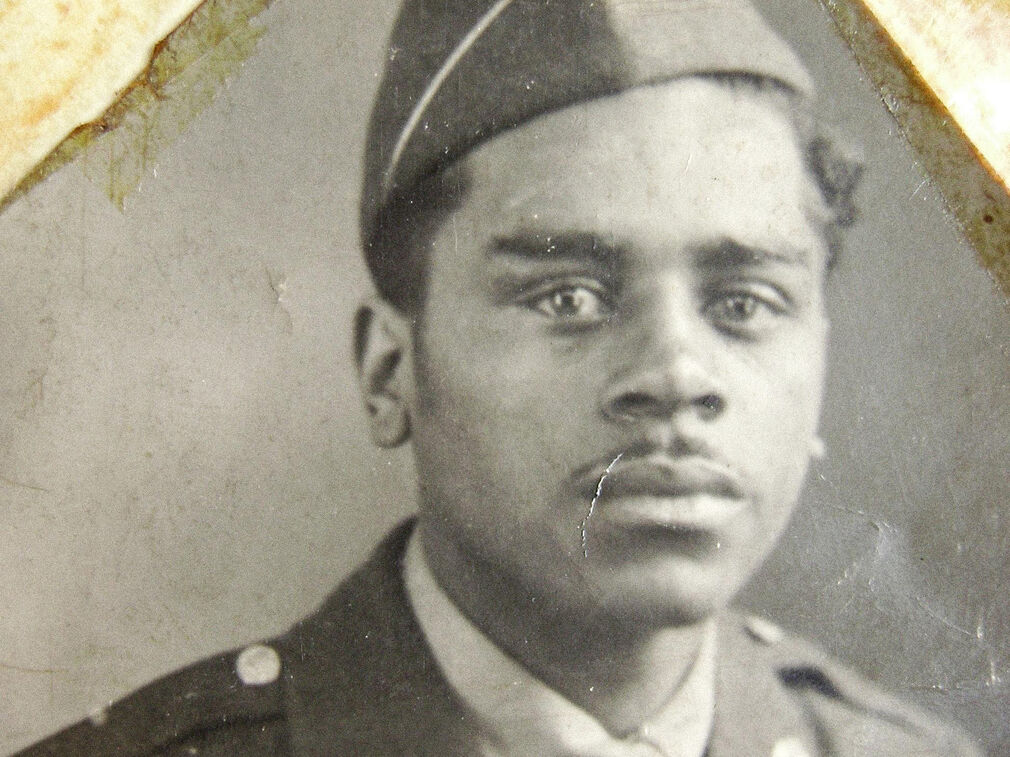Week 2: Introduction
When Mieke Kirkels visited the American cemetery of Margraten for the first time, she wondered who the grave diggers were, who dug out all the graves and gave the soldiers their last honours. There was no immediate answer to this question, and this led to an in- depth research project in oral history with a trip to the United States, meetings with veterans and a unique opportunity to meet with Jefferson Wiggins; one of the grave diggers.
The result of this oral history research project can be found in the book From Alabama to Margraten (M. Kirkels, 2012).


Jefferson Wiggins was 16 years old when he was recruited for the US-Army. He grew up in the rural areas in the south of the USA where the Ku Klux Clan and segregation of black and white people were instituted and organized by the so-called Jim Crow laws.
Assignment:
Research with the help of the internet.
Vocabulary list:
- Segregation
- Ku Klux Clan
- Jim Crow Laws
- G.I.Bill
- Eisenhower
- Jimmy Carter
- L.B.Johnson
- 101st Airborne Division
- D-Day
Jefferson was sent to Europe in the autumn of 1944, where he was assigned to dig graves for the fallen soldiers. The United States wanted to make sure that fallen soldiers would not be buried in enemy territory. Therefore the land around a small village in the Netherlands was chosen to become the burial place. You can visit the cemetery of Margraten also online:
https://akkersvanmargraten.nl/
When we analyse sources we use a methodology:
Origin: who wrote the source and when?
Purpose: what was the reason the source was created?
Value: how can the researcher use this source to answer the research question?
Limitation: how is this source limited in answering the research question?
Content; what does the source tell you?
In MYP, criterion D assesses how you analyse sources. The following assignment will help you develop your analytical research skills.
Assignment:


Source 1: a primary source.
- Describe the people at work.
- Who are they?
- What are they doing?
Source 1 is a primary source:
- Do we know who made the photo and why the photo was made?
- How could you use this photo in your research about the life of black soldiers during WWII?
Source 2: Go to the website and listen to Jefferson’s story.:
(Content):
- How many fallen soldiers are buried in Margraten according to Jeff Wiggins?
- How does he describe the US army during WWII?
- What is the main message from Jeff Wiggins?
Source 2 is a primary source:
(Origin, purpose, value and limitation)
- Who is Jefferson Wiggins?
- What is the purpose of his story?
- How could you use his story in your research about the life of black soldiers during WWII?
- What is the limitation of his story for your research?


Fred Brown and the 761st All Black Tank Battalion.
One of the most fascinating stories is the All Black Tank Battalion story. This battalion was nicknamed the ‘black panthers’, and played an important role in the liberation of the Netherlands and the breaching of the German defense line called the Siegrfried Line.
After the Battle of the Bulge general Patton called in the 761 Tank Battalion for fighting.
You can read more about this here:
https://www.nationalww2museum.org/war/articles/black-panthers-germany-1945
This article is written by Ed Lengel, PHD, scroll down to the end of the article and find out more about the author.
- What do you think the purpose of this article is?
- Is the author someone you can rely on?
Read the article:
On January 24, 1978, President Jimmy Carter bestowed a Presidential Unit Citation on the 761st Tank Battalion. And on November 10, 2005, a monument to the unit was unveiled at Fort Hood, Texas, with several surviving veterans in attendance.
- Why do you think it took until 1978 until the tank battalion was given their recognition for their war efforts?
- The 761st all black tank battalion had to deal with a lot of racism and prejudice. Give a few examples from the text.
Fred Brown was one of the 761st Tank Battalion. He died in combat and is buried in the cemetery at Margraten. He befriended some Dutch people in Mheer while stationed there.
- What was remarkable about the relationship?


Willie F. Williams.
Another remarkable story is the story of Willie F. Williams. It is remarkable because it was kept hidden for so long. You can read all about Willie Williams here.
The story of Willie F. Williams tells us why history is important; listen to this podcast:
Mieke Kirkels says:
People should know that history keeps out things that are not fitting in at the time the history is written
- What does she mean with this?
- Do you think it is important to uncover historical stories?
- Imagine you would find a suitcase with a historical story; What would it be about? Were your ancestors kings and queens, war heroes or ordinary men and women?
